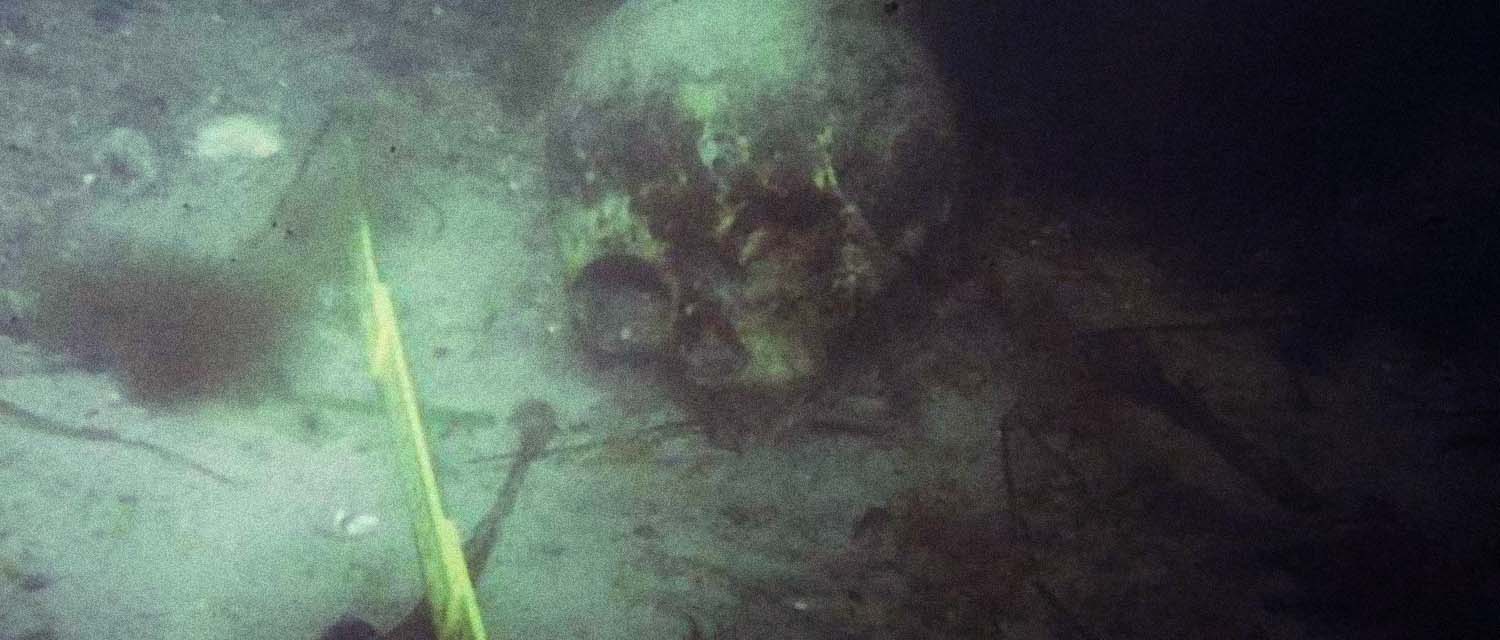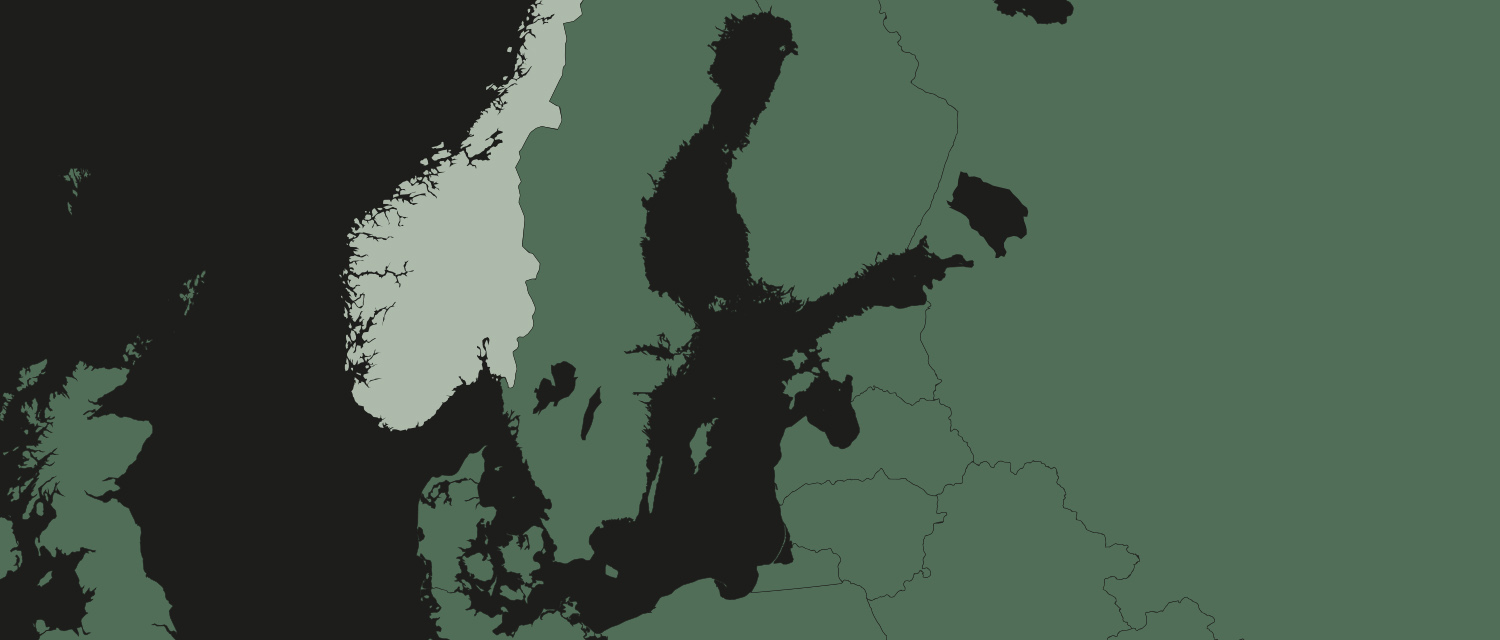The world's most well-preserved Stone Age settlements are found in the southern Baltic Sea. At the bottom of a Danish bay lies the remains of a settlement from the Middle Stone Age. It is amazingly well preserved and bears witness to life and death on the Baltic coast. Back then, 7,000 years ago, the area was dry land. A group of people lived here by a protected lagoon. They fished, hunted, collected clams, seeds and plants. They made tools, ceramics and fabrics, and they had boats.
The elevated sea levels then slowly drowned the settlement. It was covered by layers of sediment and plants. An oxygen-poor, cold and protected environment was created with unusually good conditions for preservation. When archaeologists began to investigate the settlement in the late 1970s, they found many objects made from materials like wood and plant fibres – objects that on land would have degraded and disappeared a long time ago.
The people of Tybrind Vig fished both in the lagoon’s shallow waters and out at sea. Traces of fishing activity remain near the land, such as hooks, and leisters still standing upright in the mud. Logboats lay at the shore, and the layers of waste include fish bones that indicate that people also fished further out to sea.
With logboats, people could travel along the coasts and cross larger bays. They could move from one settlement to another, travel to meeting places and trade goods. These boats contain the remains of hearths. Fire might have been used as a source of heat, for cooking, and to attract prey when fishing at night.





